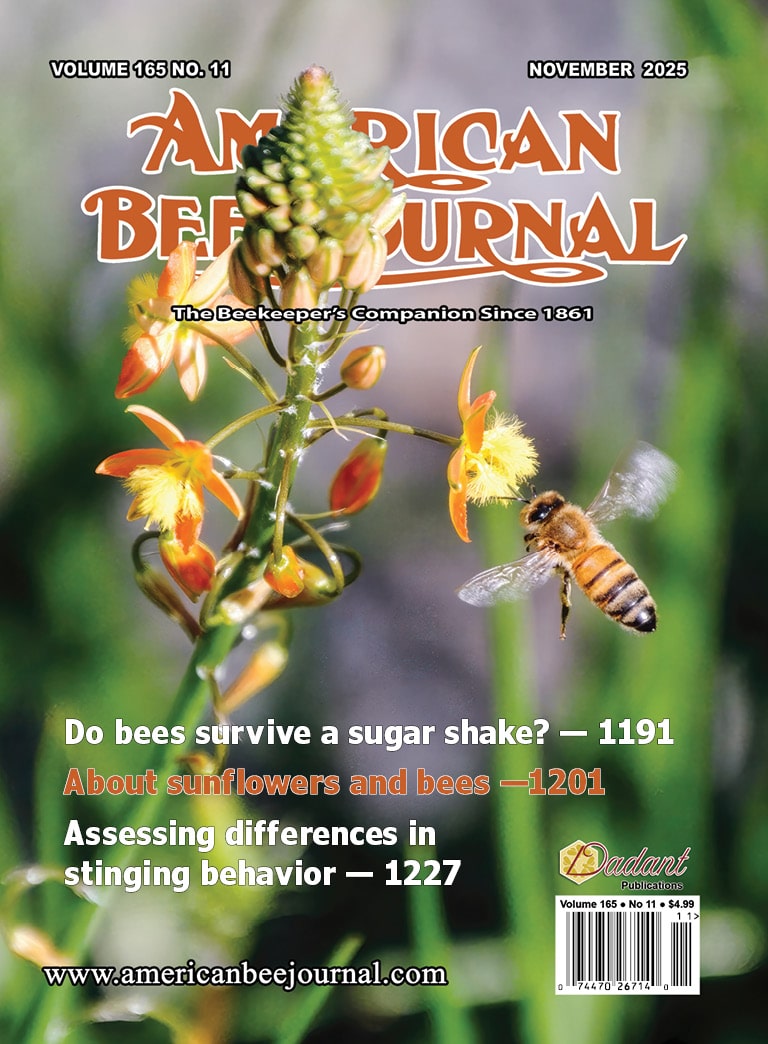The Agavaceae consists of monocots from dry and warmer parts of both hemispheres.[3] In some references the family is placed in the Liliaceae (the Lily family). There are about 20-23 genera in the family and one reference states that there are 637 species worldwide.[6] In my opinion there seems to be little that is consistent about the family when it concerns characteristics.
They can be perennial shrubs or tree-like, long-lived rosette plants or fibrous succulents that come from bulbs or rhizomes.
The stems can be above ground or not and be branched or unbranched.
The generally narrow leaves are simple (not compound), deciduous or evergreen, and are placed basally, or are in terminal rosettes and are generally sessile.1 Their general shape can be linear2, lanceolate, oblanceolate or ovate. They can be fibrous or not, thin and flexible, or thick and rigid or succulent. The leaf margin can be entire, finely serrate, dentate or with elongated filaments and their tips can be rigid or flexible and with or without a spine.
The flowers are bisexual3 or unisexual, the perianth4 consists of 6 parts in 2 petal-like whorls that can be either free or +/- fused basally into a tube. There are 6 stamens that can be more or less fused to the perianth, the filaments are often wide and succulent. The ovary can be either superior or inferior and has 3 chambers.
The ovules are solitary to many on axile placentas.5 There is 1 style that is thick and poorly defined. The stigma is headlike or 3-lobed.
The fruits are capsules6 that when mature do not open along general lines or pores. Rather, the individual seed compartments (locules) open (loculicidal) or the whole fruit more or less opens (septicidal). There are few to many seeds that are more or less flat or ovoid and are generally black.[6] The Genus Agave is used for fiber production (sisal and henequen7). Other members of the genus are grown for their sap, which in Mexico is fermented for pulque8 or distilled for mescal9 and tequila.[3] A search of the catalogs of the southern U. S. ornamental plant industry indicates a fair trade in the genus Agave because its ornamental value.
American Century Plant, maguey, mescal
Scientific name: Agave americana
Synonyms: There is apparently a considerable amount of variation in what is sometimes referred to as Agave americana. While the USDA Plants Website[13] lists the species from California, as does the Flora of North America[11], the 2012 edition of The Jepson Manual,Vascular plants of California[12] does not list it. It is also not listed in Munz’s 1959 A California flora nor in the 1968 supplement.[8] At least a little in jest, I offer that it seems that California doesn’t want to admit to having Agave ameriana within its boundaries.
Origin: The species appears to be native to southwestern United States and southward beyond the U.S. border into at least Mexico.
Plant description: Although the plant is called a century plant, it usually only lives for perhaps 10 to 30 years (sometimes longer). The plant’s common name (century plant) is derived from its behavior of flowering only once in its life, and that time is at the end of its life. For most of its life, compared to its final year, the plant possesses only a relatively short stem that is less than 2 m (~6.6 ft). While the plant is said to die shortly after it blooms, during its life it produces suckers or adventitious shoots from its base from which a new plant or plants can be produced. The flowers also produce seeds.
During the early part of the plant’s life cycle the leaves are spreading to ascending, occasionally are reflexed, and reach lengths of 80 to 200 cm (~31 to 79 in) and widths of 15 to 25 cm (~5.9 to 9.8 inch), and are light green to green or a glaucous-gray or sometimes they possess a variegated pattern. The leaves are narrowly to broadly lanceolate10, smooth and rigid. The edges can be either straight or with wave-like indentations and are armed with 5 to 10 mm (~0.2 to 0.4 inch) teeth set 1 to 4 cm (~0.4 to 1.6 in) apart. The leaves terminate with a brownish grayish spine 2 to 6 cm (~0.8 to 2.4 in) long. Toward the end of its life the plant …


